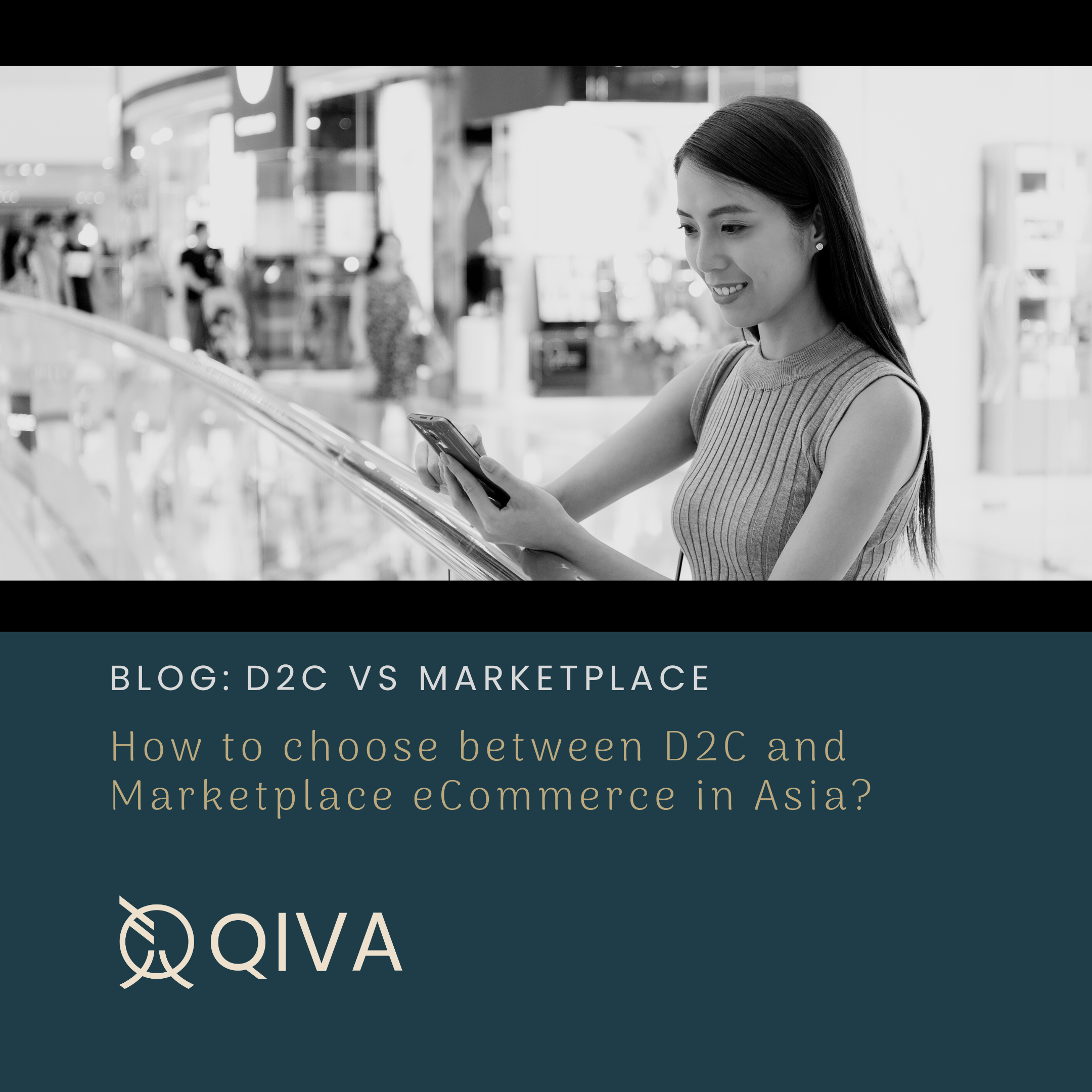Same game, different rules - why it pays to think like an investor when entering a new market

You’ve put in the hard graft, the blood sweat and tears, and you’ve created a brilliant brand - a product or service that solves your customers’ problems in a unique way. If you’re thinking of launching into a new Asian market, where do you start? How do you know what’s transferable from your home market vs. what might need a new approach?
The good news is: most of the same mechanisms will be in play, they just might work differently. In this blog we share some key similarities and differences to watch out for, plus some tips for how to challenge your assumptions and think like an investor, rather than a brand owner.
1. Think wide, rather than deep
When launching into a new market, the temptation is to leap into the detail and talk tactics. If you were investor, you would likely get the lie of the land first. Thinking macro before building your micro plan will serve you better in the long-run. For example, you probably wouldn't put all hopes on one channel in your home market - so why would you elsewhere? Consider first how you can leverage new marketplaces and networks to build rapport, but don't forget shelf-space - a great example is SE Asia, where shelf-space is critical for educating consumers in consumer health.
2. Get the lowdown on shopper behaviour
Forget what you know about how shoppers behave in your local market. Take the time to gather insight about how shoppers behave in your new market. Wise investments are always based on solid insight. A small difference in behaviour can have a big impact on your approach, so getting ahead of those differences will save you time and money
For example, in China shoppers tend to buy from B2B marketplaces, rather than from an individual website. This is not just a cultural preference, it is driven by politics - learning when to go it alone, and when it's prudent to leverage resource is key to commercial success in China.
3. Plan for the long-term as well as the short
A well-balanced investment portfolio includes bets on both short-term and long-term gain. For example 92% of consumption in Japan remains offline, so whilst online might be quick to implement, it needs to be part of a staggered approach that incorporates the 92%. It’s worth thinking about your minimum viable product - what is the least investment you need to get started and where are the critical milestones?
4. Invest in strategic support, rather than tactical
All successful investors have one thing in common: their ability to be ruthlessly logical and strategic about their decisions. Although you may meet many specialists along your way who will quickly offer you a solution that neatly fits into their wheelhouse, only the really good ones will be able to talk commercial big picture with you. Bear in mind their angle on your conversations and try to find someone to support you with strategic thinking before you get into the detail of your market tactics. It's easy to buy something that addresses a challenge, if you've framed the right challenge.
Could we be the strategic partner you’re looking for?
Get in touch to talk about how we can help you build your brand in a new Asian market.





